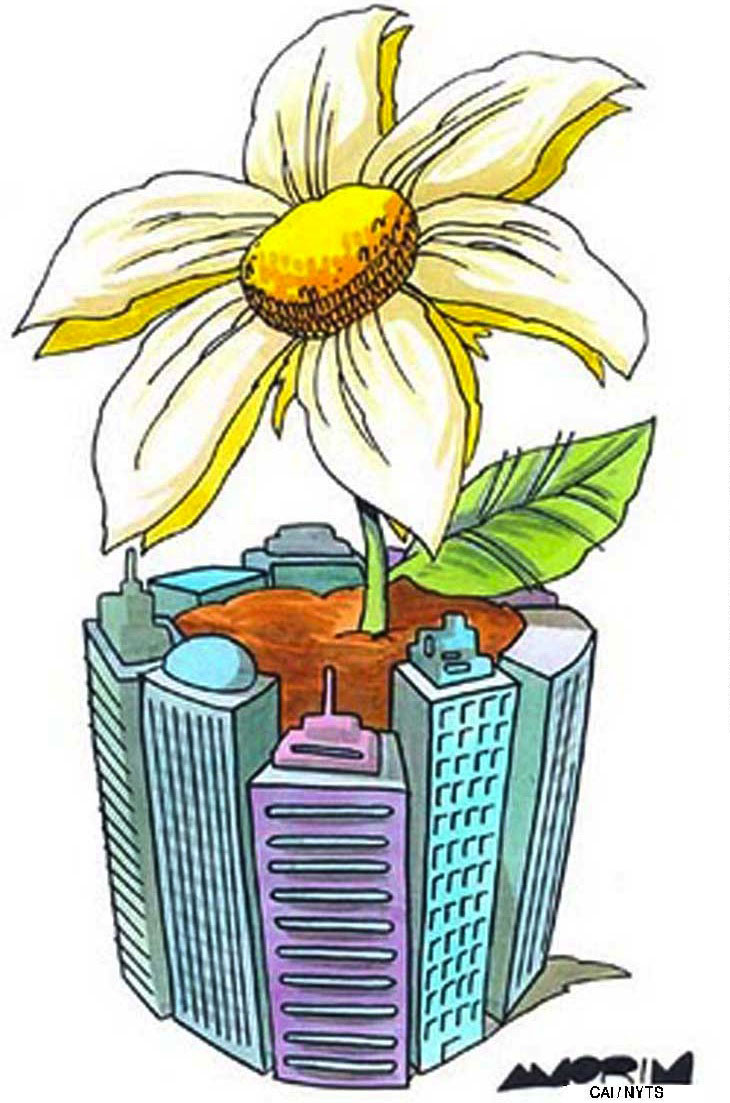Ever since the ancient Greek poet Theocritus wrote his pastoral idylls romanticizing rural life, people have been pondering how to build cities that are in concert with their natural surroundings. But with rates of urbanization growing exponentially around the world, the need for greener cities has never been more urgent. Fortunately, innovation and technology can help strike this long-elusive balance.
Bridging the urban-rural divide has long been a focus of city planners. In the 19th and early 20th centuries, European cities experienced unprecedented growth as huge numbers of people moved from the countryside to newly booming metropolises. As these cities grew, they become overcrowded and polluted, which inspired a new generation of thinkers to search for solutions.
One of these visionaries was Britain's Ebenezer Howard, who in 1898 coined the term "garden city" — which he defined as residential communities built around a mix of open spaces, parks, factories and farms. Soon, London was surrounded by leafy suburbs designed to keep quality housing and abundant green space in equilibrium. Howard's mantra was to bring the city to nature.



















With your current subscription plan you can comment on stories. However, before writing your first comment, please create a display name in the Profile section of your subscriber account page.